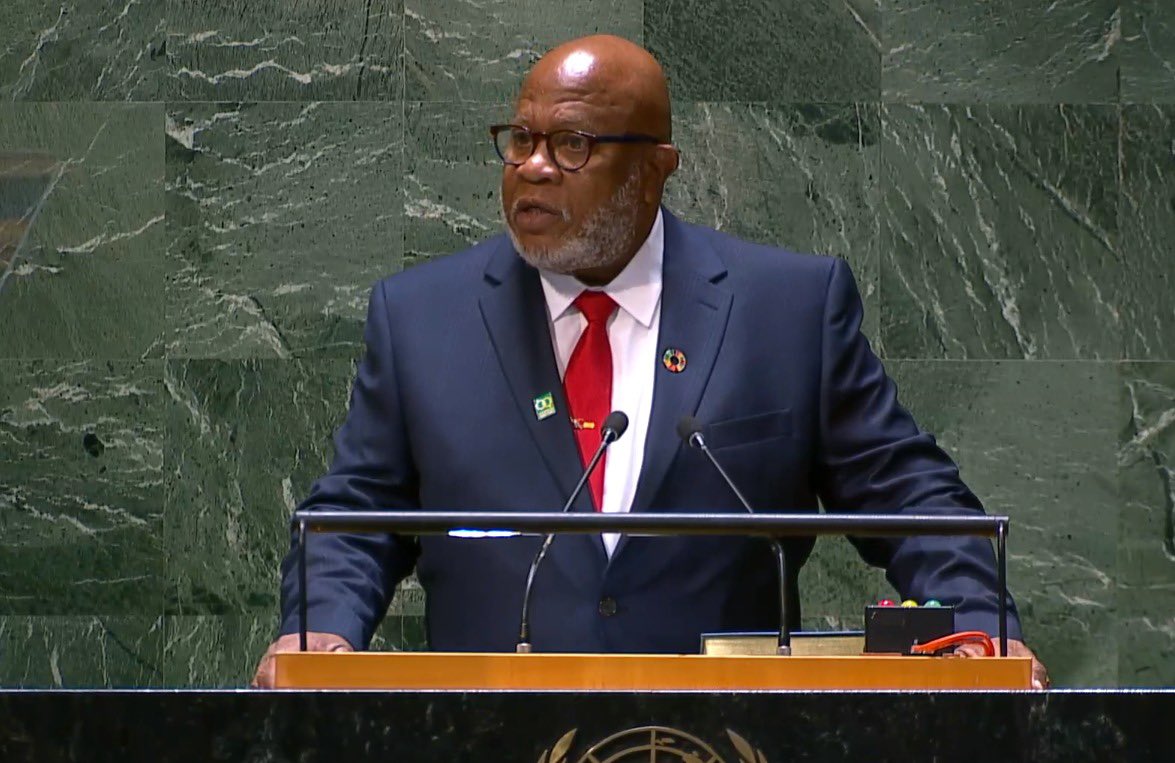Technology was a game-changer in the arts landscape in 2018, pushing the limits of approach and aesthetics — and even the creators — while there was also a visible shift from just seeing art to experiencing it…writes Siddhi Jain

Creating multiple copies of an art object using technological “reproduction” was a question dealt in much detail in the writings of leading cultural theorists, but this eventful year showed us how technological “production” itself is making its presence felt in the arts ecosystem.
Delhi-based art gallery Nature Morte’s “Gradient Descent” could have easily been just another exhibition, but the human-machine collaboration made it stand out.
Created using algorithms based on Artificial Intelligence (AI), the artworks in India’s first ever commercial AI contemporary art expo led the viewers to rethink human creativity and labour.
“While the visual side of the creative task is now shifted to an algorithm — a machine — the machine can only create works based on its own experience and its exposure to visual languages.
“It is here, in the art of teaching the machine and in designing the humanly interpretable concept of the artwork, that the locus of the human’s creativity lies within this genre,” the gallery had said in a note on the exhibition.

In another event, a dancing AI robot-artist performed in Gurugram and Delhi.
The AI-created artworks came into the limelight as leading global auction house Christie’s sent a work under the hammer in one of its October sales.
The “Portrait of Edmond Belamy”, created using an algorithm defined by an algebraic formula, sold for $432,500 (roughly Rs 3 crore), which Christie’s saw as a signal of “the arrival of AI art on the world auction stage”.
What also caught attention was major cultural hubs in the capital designating exclusive spaces for arts experimentation. The Art Heritage gallery and Kaleidoscope Digital Art (KDA) gallery emerged as experimental platforms for artists in the year’s latter half.
Asked if we were shifting from just seeing art to experiencing art, the Art Heritage gallery associate director Tariq Allana had earlier, during the opening of artist Abhijit Pathak’s show, told IANS: “There are a lot of art installations happening. I recently went to three biennales in Korea, and the Indian artists there are creating experiences even on an international level. Some of the installations in Jaipur’s Indian Ceramics Triennale were imposing too”.

Pathak, who works in traditional media and had never done installations, was commissioned to create a multimedia experience “Sensorium” in a small gallery space, where he ventured into the third dimension, using fabric, metal, light, sound and the moving image.
The KDA gallery, too, featured several digital artists who worked with digital photography, videos, films, sound and animation, on varied themes: Life around a sacred river, photographic archives, and more recently the cinematic form.
Earlier this year, the Kiran Nadar Museum of Art (KNMA) also presented “Delirium/Equilibrium”, an exhibition of video, virtual reality and kinetic artworks, featuring artists who push the boundaries of traditional, static forms to introduce visual experiences that engage the audience.
Dharti Arts Residency, an annual event of the non-profit Serendipity Arts Foundation, also saw four major works that went beyond the concept of artworks hung on walls, but entered the realm of experiential and experimental.

The Foundation’s just-concluded Serendipity Arts Festival also saw many installations and digital works, including an interactive game and an augmented reality experience on Goan heritage.
On the global stage, 2018 saw artist Charlotte Prodger bagging the prestigious Turner Prize for her film shot entirely on an iPhone; and auctioneers at Sotheby’s being left perplexed when phenomenal street artist Banksy’s painting shredded itself after being sold.
The work was renamed “Love is in the Bin” and was bought by the original bidder as her “own piece of art history”.
Chinese phone brand Honor too recently unveiled an art installation made from 2000 phone glass-backs, in Hong Kong.
It may thus seem a year of significant deliberation in the realm of art and technology but it is not the first. The writings of cultural theorists like Walter Benjamin and John Berger remind us that technological reproduction was seen as a threat to art, which thrived on individuality and uniqueness.
Tech interventions, nonetheless, seemed to have surfaced more than any previous year in the arts domain. What remains to be seen is how enduring this seeming “paradigm shift” would be.








